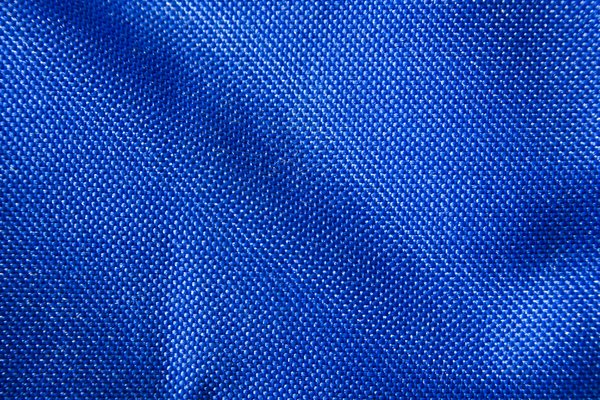
It is suitable for knotting applications (like a rope for hoisting) and carries tension better than solid webbing. Tubular webbing is thicker and more durable than solid webbing and is composed of two sheets of fabric. Backpack straps, for instance, are examples of this type of solid webbing. Solid webbing is generally too stiff to function in applications that require knots, which is why this type of webbing is best suited for applications where the material can be sewn into a larger product. It is lightweight though it is susceptible to tearing, as stress from use tends to affect the outer surface of the material. Distinguished by its flat aesthetic, solid webbing is commonly used for applications like seatbelts. Solid webbing is also known as flat webbing and is fabricated in varying degrees of thickness.

Upholstery (seat bases) furniture manufacturing.Safety bands and tapes hospital and medical industry.Hiking, backpack and harnessing gear sporting good retail apparel.Seatbelts and harnesses automotive industry.Standard webbing applications and associated industries include:
#WEBBED MATERIAL SERIES#
Webbing is also customizable in a series of colors, designs and prints, and manufacturers can fabricate reflective webbing for safety applications. Cotton webbing is also available and is commonly used in commercial applications, including clothing apparel. The primary materials used in the production of webbing include variations of polyester, nylon, and polypropylene. While ropes are typically thick in texture, webbing is produced in extremely lightweight parts. Typically, webbing is fabricated in solid or tubular form, with each type having different applications and functions. While it is generally comparable to rope for its harnessing function, webbing is an extremely versatile component used in an array of industry applications, ranging from military apparel to automotive parts.

The webbing process essentially involves yarns that are woven via looms to create strips. Webbing is a woven fabric that is distinguishable by its various material compositions, strength variations and widths. This article is an overview of webbing, and looks at examples of webbing, web processing, webbing materials, industry applications, and considerations.


 0 kommentar(er)
0 kommentar(er)
